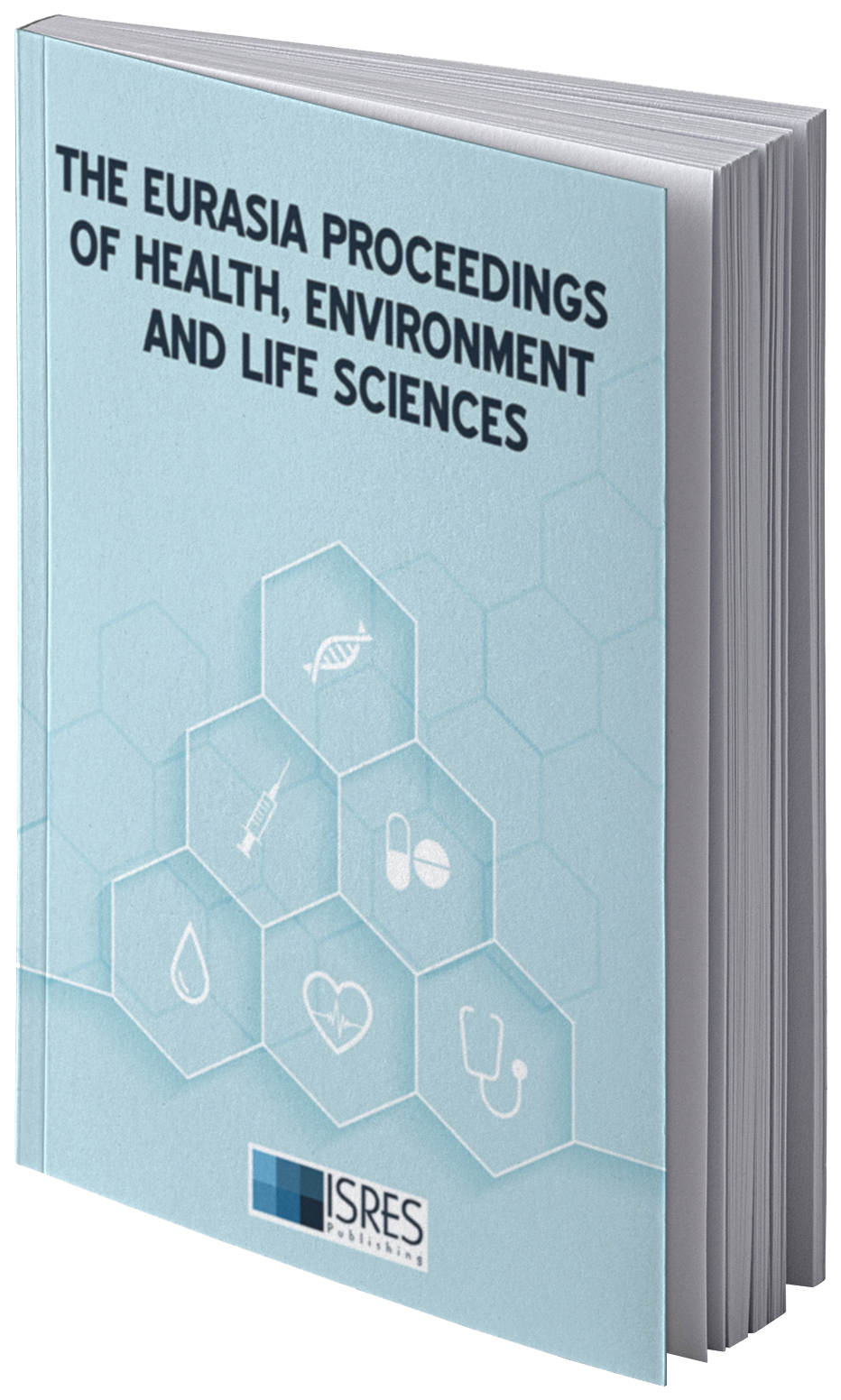Menstrual Patterns and Identifying Health Trends
DOI:
https://doi.org/10.55549/ephels.108Abstract
Menstrual cycle is natural and one of the most important processes of female life, which gives us insight about significant hormonal and behavioral changes in female organism. In this regard, in order to have a better understanding of the different, and very specific factors, associated with menstrual health status, we conducted a survey study of some aspects of menstrual period. The survey was based on several targeted groups of the age between 8 and 49 years old, Indian and Georgian women. Various assumptions were made on behalf of the survey regarding the menstrual health and factors affecting or reliving the menstrual cycle related problems. Besides, the survey was a precious confirmation of the assumption of females conceive, that menstrual cycle affects their everyday lifestyle, the survey research method undoubtedly has some priorities to facilitate the understanding of real circumstances and to provide a basis for planning subsequent studies, which will certainly be expanded and deepened in the near future. In addition, factors that may be associated with the state of menstrual health, as well as the level of awareness of the female population about the characteristics of the menstrual cycle are shown. The final achievement of this study is a broader knowledge of the characteristics of the female body during these rather difficult days in the life of every woman, in order to properly manage this period, better adapt to everyday life and maintain normal ongoing activities.
Downloads
Published
Issue
Section
License
Copyright (c) 2024 The Eurasia Proceedings of Health, Environment and Life Sciences

This work is licensed under a Creative Commons Attribution 4.0 International License.
The articles may be used for research, teaching, and private study purposes. Any substantial or systematic reproduction, redistribution, reselling, loan, sub-licensing, systematic supply, or distribution in any form to anyone is expressly forbidden. Authors alone are responsible for the contents of their articles. The journal owns the copyright of the articles. The publisher shall not be liable for any loss, actions, claims, proceedings, demand, or costs or damages whatsoever or howsoever caused arising directly or indirectly in connection with or arising out of the use of the research material. All authors are requested to disclose any actual or potential conflict of interest including any financial, personal or other relationships with other people or organizations regarding the submitted work.



